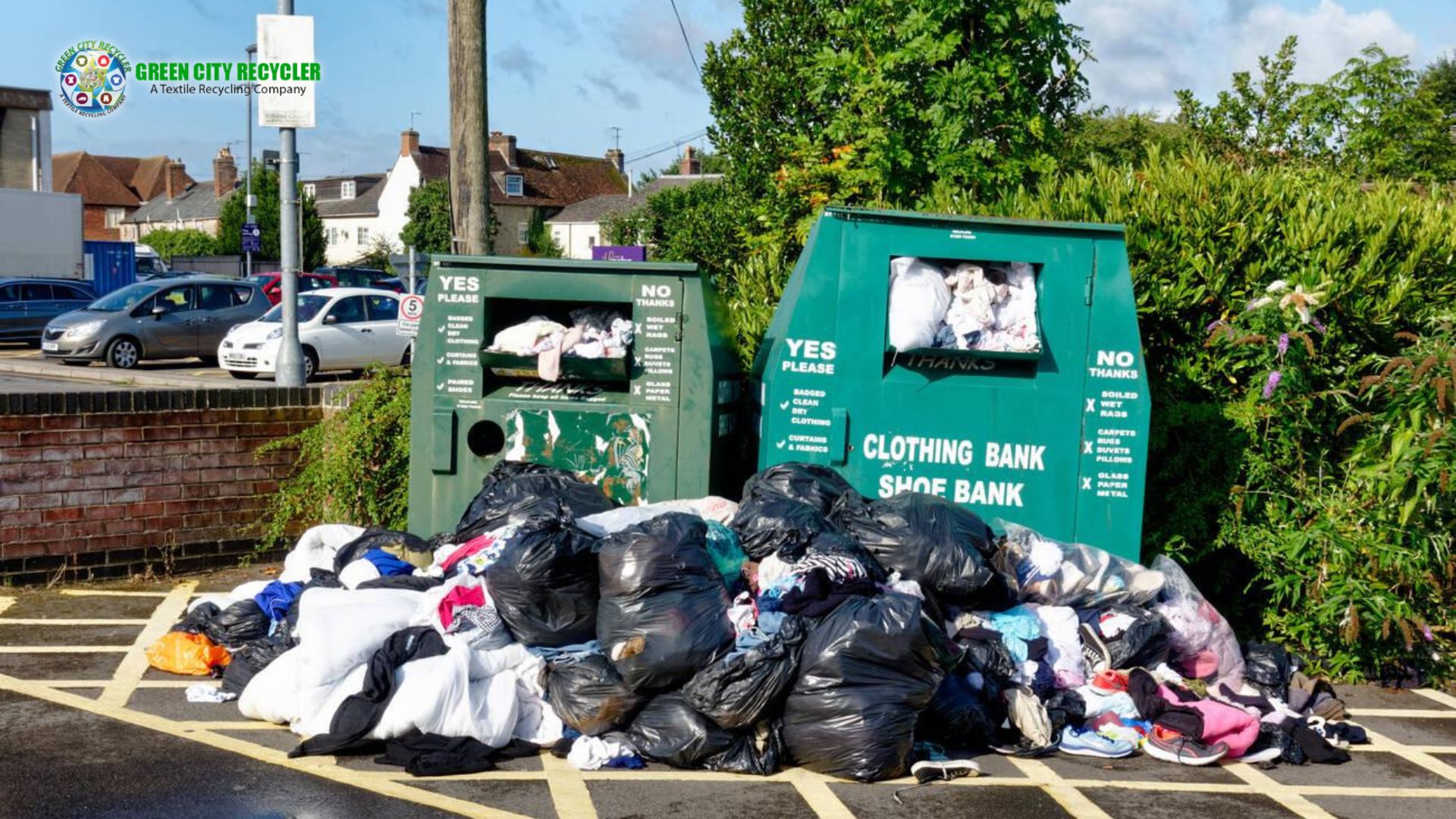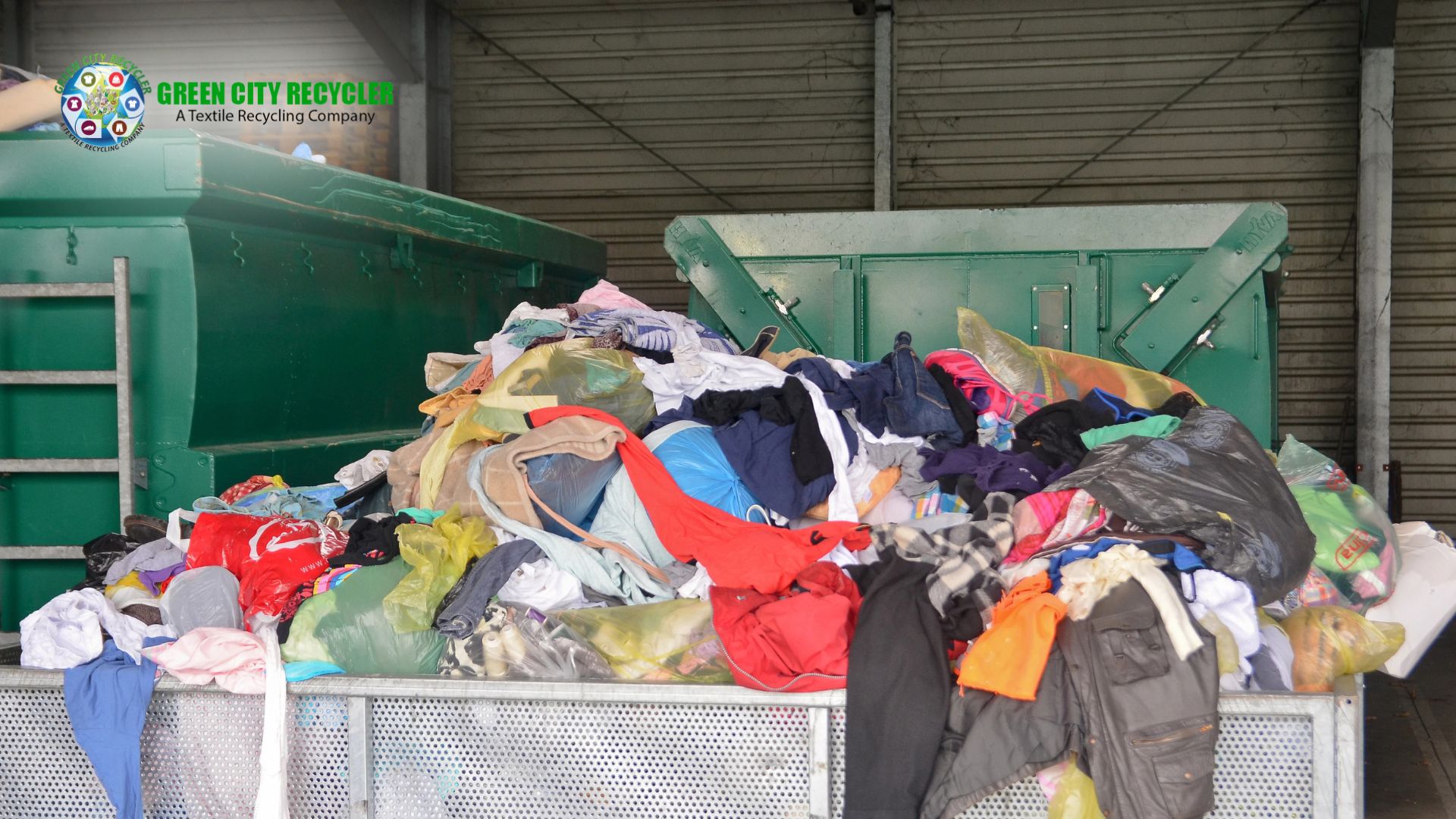One simple and efficient approach to cutting waste, saving the environment, and assisting people in need is recycling textiles and clothes. However, many individuals toss used clothing without understanding that most textiles may be recycled or used again and have no idea how to recycle clothing and textiles?
Since they are in good condition or worn out, this tutorial will cover basic recycling methods for textiles and clothes.
Textile recycling is what?
People no longer want to gather and use old clothes, shoes, and materials to form the foundation of textile recycling. However, these items are handled, recycled, or reworked into new products instead of winding up in landfills, where they would take decades to break down.
Textiles can consist of:
- changed into fresh clothing.
- Applied in commercial goods, including cleaning towels and insulation.
- broken down into fibers to create fresh materials.
This system saves energy, cuts waste, and helps to preserve resources.
How To Recycle Clothing And Textiles
Among the significant pollutants worldwide is the fashion business. Fast fashion has produced a culture of disposable clothes, and every year millions of tons of textiles wind up in landfills. Clothes recycling helps to:
- Minish landfill waste.
- Save the resources and energy consumed in producing fresh clothing.
- Support those in need and charities.
- Minimise the pollutants generated in textile manufacture.
Green City Recycler: An environmentally friendly fix
How to recycle clothing and textiles? Green City Recycler is a business committed to provide easy recycling options to cut textile waste. They provide shoe recycling bins and clothes in different sites, therefore facilitating the responsible disposal of unwanted textiles for both people and companies. Sorted and recycled, items gathered by Green City Recycler assist to keep millions of pounds of textiles out of landfills annually. Using their services will help you to guarantee that your old shoes and clothes find a second life rather than adding to environmental damage.
Why Select Green City Recycler?
The textile recycling bins near me are marked and easily reachable around the clock.
- Green City Recycler guarantees recycling or reusing as much as possible, promoting sustainability
- Many of the items gathered are given back to assist nearby areas.
How may one recycle clothing in good condition?
Should your clothing still be usable, there are several ways to give them another life.
1. Give to charity.
Good-quality clothing is always in demand in charitable stores and initiatives. Among the well-known organizations that welcome clothes contributions are
- Oxford Fund
- The Army of Salvation
- British Heart Foundation
- Woman’s refuges and local homeless shelters
- Before you donate the garments, be sure they are neat and in good condition. Certain groups also gather accessories, bags, and shoes.
2.Market either online or through a thrift store.
Selling brand-name clothing or goods in excellent condition is a fantastic opportunity to earn some money while also encouraging sustainability. Well-known markets for used clothing sales include:
- Drop-off
- Vinton
- Facebook Market
- Local consignment or thrift shops
3.Plan an outfit swap.
One enjoyable and environmentally friendly approach on how to recycle clothing and textiles is to change your wardrobe is a clothes swap. Ask friends or relatives to bring extra unwanted clothing and trade it for something fresh. You may also search your neighborhood for communal clothes swaps.
How might one recycle worn-out textiles and clothes?
Not every item of clothing could be sold or donated. You can still recycle torn, stained, or too worn-out items instead of tossing them away.
1. Use bin for textile recycling.
Old clothing, towels, and bed linens can be dropped off at textile recycling bins found in many local governments and supermarkets. After that, these fabrics find use in new goods such as carpet padding, insulation, and industrial rags.
2. upcycle into new objects.
Get imaginative and make anything fresh out of old garments. However, some simple do-it-yourself upcycling projects consist of:
- Making rags for cleaning from used T-shirts
- Making tote bags from worn-out jeans
- Also, you can make pet beds from discarded blankets
- Creating patchwork quilts or fabric coasters
3.Ask Retailers About Recycling Programs
Many clothes companies have take-back programs whereby they welcome old items for recycling. While some companies even provide vouchers or discounts in return for your used garments. The following brands have recycling initiatives:
- H&M (allows any garment)
- Levi’s (denim recycling initiative)
- The North Face (Clothes the Loop project)
4.Natural Fabric Composition
You can compost your clothes if they consist entirely of natural fibers—such as cotton, wool, linen, or silk. Therefore, to enable the fabric to break down more quickly, cut it into little bits. Synthetic fabrics should not be composted since they include plastics that do not break down easily.
How to Cut Clothing Waste?
Though cutting trash in the first place is even better, recycling is still vital. Therefore, here’s how you might prevent needless waste of clothes by knowing how to recycle clothing and textiles:
1. Buy Less, Select Better
Invest in lasting, high-quality clothes rather than inexpensive, quickly fading fast fashion pieces. Therefore, classic and timeless designs eliminate the need for continual replacement by lasting longer.
2. Attend to your clothing.
Since Good clothes maintenance helps your clothes last as intended. These suggestions apply here:
- To stop fading and shrinking, wash clothing in cold water.
- Besides this, choose air dry over a tumble dryer.
- Fix minor repairs like small tears or missing buttons.
3.Use Clothes Again Before Throw-away
Think about whether old clothes might be used before you toss them. However, old pants can be trimmed into shorts; a worn-out shirt can become a cleaning rag.
Advice on textile recycling
Here are some pointers to get started if you’re new to textile recycling:
- Firstly, look for recycling bins in your neighborhood using internet tools or maps
- Sort Your Textiles: Find out what the garbage accepts. Sort non-recyclable objects apart
- Furthermore, wash your fabrics first to prevent infection when you drop them off.
- Plan to remind yourself to purge your clothes periodically every few months.
Conclusion
How to recycle clothing and textiles? One easy yet practical approach to cut waste and safeguard the environment is recycling textiles and clothes. However, you may help to keep your old garments out of landfills and give them a second life by donating, selling, upcycling, or using textile recycling programs.
Besides this, Green City Recycler and other initiatives simplify responsible recycling more than ever possible. Moreover, Sort your closet now and decide on an environmentally beneficial method of recycling your garments!






